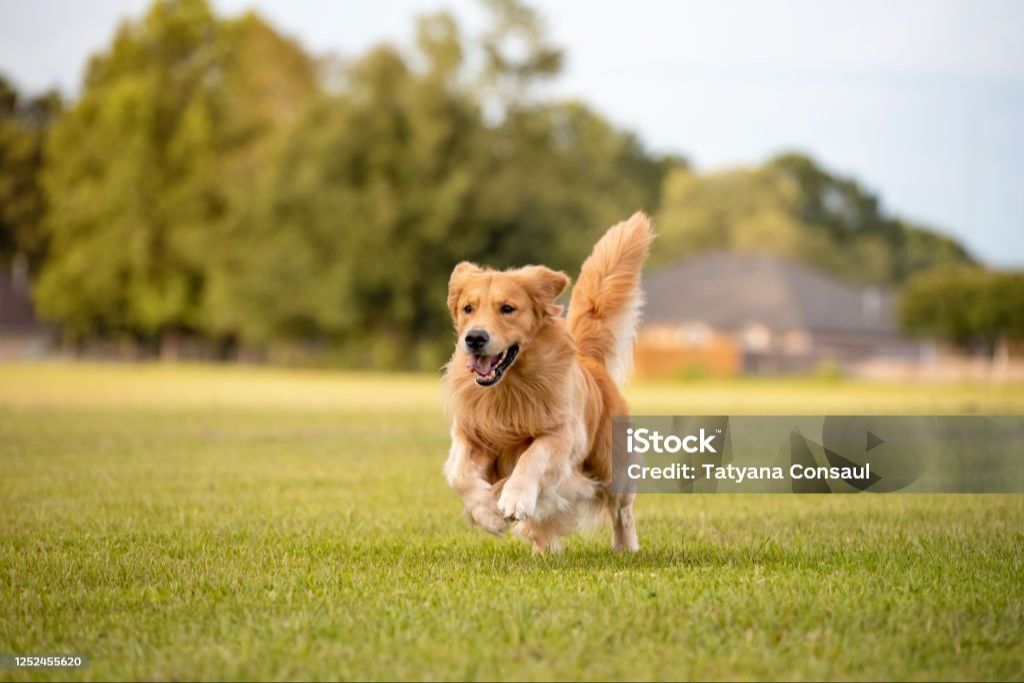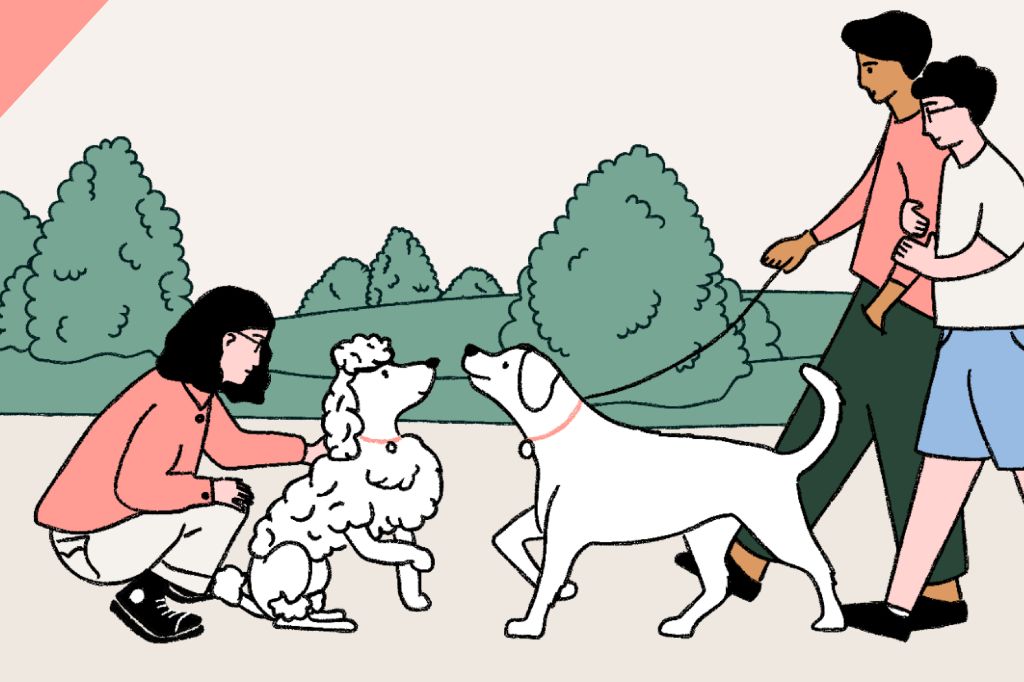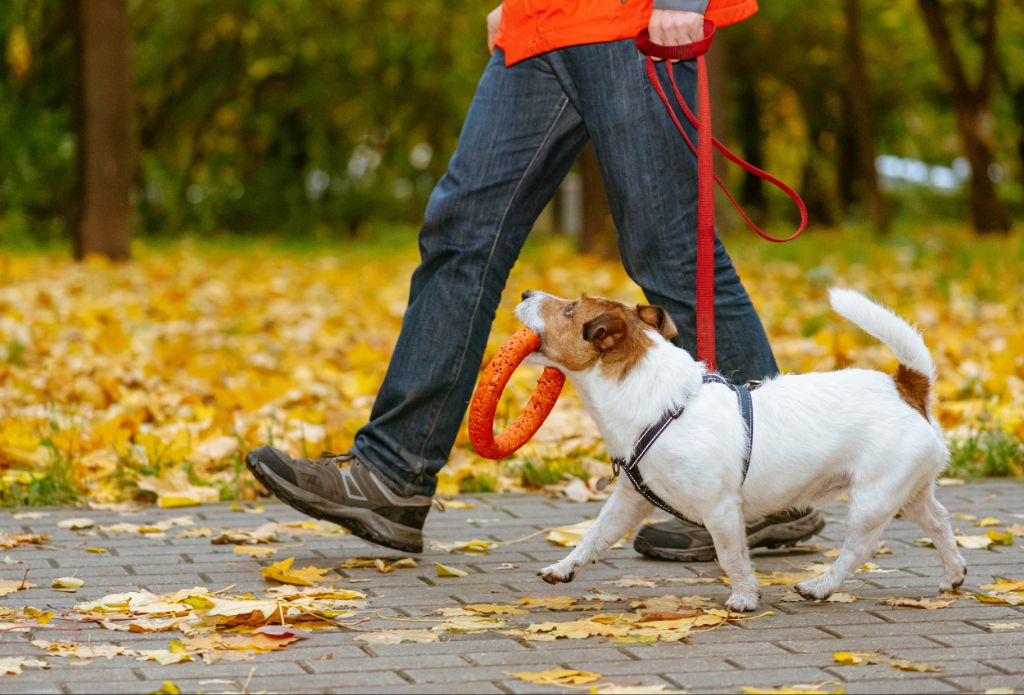Executive Summary
The executive summary briefly outlines the key sections of the dog park business plan. It provides an overview of the business concept, objectives, and competitive advantage.
The business concept is to open a spacious, fenced-in dog park that provides a safe and enjoyable environment for dogs to exercise and socialize off-leash. The park will include amenities like seating, shade, trails, agility equipment, water stations, waste stations, and more.
The primary objectives are to meet the growing demand for dog parks in the community and generate revenue through daily entrance fees, annual memberships, retail sales, and sponsorships. Goals include acquiring adequate funding, obtaining permits and licenses, hiring qualified staff, establishing vendor agreements, and executing effective marketing strategies.
Competitive advantages for this business are its large size at 5 acres with ample parking, professional operations and maintenance, engaging social events and activities, and prime location. Research indicates pent-up demand and lack of direct competition in the area. The park aims to become the premier destination for local dog owners seeking a best-in-class off-leash dog park experience.
Company Description
Our dog park business will be structured as a limited liability company (LLC) to limit the personal liability of the owners. We plan to lease a large vacant lot located at 123 Main Street in OurTown, USA near a popular residential area and walking trail. This will allow us to capitalize on significant foot traffic from nearby dog owners.
Initially, our services will be simple – we will provide a fenced open space for dogs to play and exercise off-leash in a safe, controlled environment. We plan to start small, with just 1-2 acres, but have room to expand up to 5 acres total. The park will be double-gated for safety and we will separate small and large dogs into different areas.
We will also offer paid annual memberships that allow unlimited access to the park during open hours. This will provide a stable, recurring revenue stream. Additional revenue could come from the sale of treats, accessories, and sponsored events.
Our co-founders John Smith and Jane Doe have over 10 years combined experience in the pet services industry. Together we combine dog training expertise, business management skills, and knowledge of the local community.
Market Analysis
The pet industry, including dog-related products and services, is a massive and growing market. According to the American Pet Products Association, spending on pets in the U.S. reached $99 billion in 2017, up from $69.5 billion in 2012 (src). Pet owners are increasingly humanizing pets and seeking products and services that cater to their animals’ needs.

Dog parks specifically are a fast-growing segment. There are now over 2,000 dog parks in major U.S. cities, up from just 100 fifteen years ago (src). Dog parks provide both socialization and exercise for pets. They are also community hubs that bring together pet owners.
Key target customers for a dog park business are local pet owners, especially dog owners who seek an enclosed, off-leash area for exercise and socialization. Competitors include other dog parks in the region as well as doggy daycares and boarding facilities. Differentiation can come through amenities like dog washing stations, vet/grooming services, retail shops, and restaurants or bars catering to pet owners (src).
Marketing Plan
Having a strong marketing plan is crucial for getting the word out about your new dog park and attracting customers. Some key components of an effective marketing plan include:
Pricing: Most dog parks that charge admission price it affordably, such as $3-5 for a day pass. Offer discounted annual or monthly memberships to encourage customer loyalty. Consider free admission certain days or times to drive traffic.
Promotions: Run special deals and promotions to attract new customers, such as discounts for referring friends or buying multiple visits. Partner with local pet businesses to offer coupons or bundles. Use holidays and events as opportunities for themed packages.
Advertising: Create professional signage and flyers to distribute around town. Run targeted Facebook and Google ads focused on local dog owners. Seek exposure in pet-friendly publications and blogs. Use social media daily to promote your offerings.
Partnerships: Form mutually beneficial partnerships with pet businesses like groomers, trainers, pet sitters, veterinarians, and retailers to cross-promote. Collaborate on events and activities. Offer discounts to their existing customers.
Leveraging creative grassroots and digital marketing strategies tailored to pet owners in your area will help create buzz and get more dogs and their owners visiting your park.
Operations Plan
The day-to-day operations of the dog park will focus on providing a clean, safe environment for dogs and their owners. Staffing will consist of 1-2 park attendants during peak hours to monitor activity, clean up waste, and enforce park rules
(UC Davis). The park will follow recommended best practices such as double gating entrances, providing shade and seating, separating areas for large and small dogs, and ensuring adequate drainage and turf maintenance (TPL).
Key processes include daily waste pick-up, bi-weekly mowing, monthly pest/weed control, and quarterly safety inspections. Supplies to keep stocked include waste bags, dog waste stations, trash bins, pooper scoopers, and hose attachments (City of Ann Arbor). Park rules will be clearly posted and etiquette promoted through signage and community outreach.
Management Team
The management team will be critical to the success of the dog park. Key personnel will include:
- Dog Park Manager – Jane Smith has over 10 years of experience managing dog daycares and dog parks. She holds a degree in animal behavior from State University and is passionate about creating safe, fun environments for dogs to play and socialize.
- Operations Lead – John Doe has 5 years of experience in dog park operations. He will oversee day-to-day activities and maintenance of the park.
- Veterinarian – Dr. Sarah Anderson, DVM will serve as a veterinary advisor. She operates a local animal clinic and will provide guidance on health and safety best practices.
- Community Outreach Lead – Katie Brown has 7 years of experience in community engagement. She will build partnerships with local dog clubs, shelters, and businesses.

This experienced leadership team has the requisite expertise to make the dog park a beloved community asset. Their skills in animal behavior, park operations, veterinary medicine, and community partnerships will ensure a top-tier dog park.
Financial Plan
The initial startup costs for a dog park will include land acquisition, fencing, permitting, amenities, plumbing, electrical systems, and insurance, which can range from $30,000 to over $100,000 depending on the size of the park and features included according to How Much Does It Cost to Build a Dog Park Business – ProfitableVenture. Ongoing expenses will consist of maintenance, utilities, insurance, taxes, marketing, and staffing.
Based on research from industry experts, the average revenue for a dog park business can range from $60,000 to $250,000 annually depending on location, size, and amenities offered. Popular features like retail shops, grooming services, training classes, and boarding can boost revenue significantly. Profit margins typically fall around 40-50% for dog park businesses after accounting for all expenses according to this analysis.
A detailed financial model projecting 3 years of income and expenses is recommended to determine the capital requirements, breakeven point, and potential return on investment. Conservative revenue and high expense assumptions are advisable for the first year, with increasing revenue and optimized costs in subsequent years. Regular financial monitoring will be essential to manage cashflow and pivot plans as needed in the dynamic pet services industry.
Funding Request
Seeking $250,000 in initial funding to launch the business. The funding will be allocated as follows:
- $100,000 for purchasing and developing the property into an indoor dog park, including fencing, turf, landscaping, and amenities like agility equipment.
- $50,000 for renovations and build-out of interior space, including flooring, lighting, HVAC, and interior walls/fixtures.
- $40,000 for permits, licenses, legal fees, and initial insurance costs.
- $30,000 for website development and marketing materials like brochures and signage.
- $15,000 for dog care supplies like toys, cleaning products, first aid kits.
- $10,000 for point-of-sale system, computers, phones, and office equipment.
- $5,000 for initial inventory like dog treats and human refreshments.

The funding will allow us to open the indoor dog park within 6 months. We project reaching profitability within the first 12-18 months of operation.
Appendix
The Appendix may include supporting documents such as the following:
- Business licenses and permits required to operate the dog park, such as a license to run a commercial kennel if needed (see https://www.animallaw.info/article/designing-model-dog-park-law).
- Lease agreements for any leased land where the dog park will be located.
- Required permits for construction and development of the dog park facilities (see https://images.akc.org/pdf/GLEG01.pdf).
- Insurance policies such as general liability insurance.
- Any other relevant legal documents.
Having these supporting documents in the Appendix provides evidence that the proper planning and preparations have been made to legally and safely operate the proposed dog park business.

Risks & Mitigations
While dog parks provide many benefits, there are also some risks that need to be considered and mitigated in the business plan. Some key risks include:
Disease transmission: With many dogs interacting in a confined space, parasites and diseases can spread among the dogs (Zoetis Pet Care, n.d.). We will mitigate this risk by requiring dogs provide up-to-date vaccination records and by cleaning/disinfecting the park daily.
Dog aggression: Not all dogs interact well, and dog fights or attacks can occur (APDT, n.d.). We will have staff monitor all dog interactions closely and require proof of training for attendance. Dogs showing aggression will be banned.
Injuries: With dogs running and playing, there is a risk of minor injuries or collisions occurring. We will mitigate this by having soft surfaces in high traffic areas and benches for owners to supervise.
Lawsuits: If a dog is injured, the owner could potentially file a lawsuit. We will mitigate this through proper signage of risks, waivers, and liability insurance (Unknown, 2023).
Overall, while risks exist, there are steps that can be taken through training requirements, supervision, signage and waivers to minimize these concerns and create a fun, safe environment.
